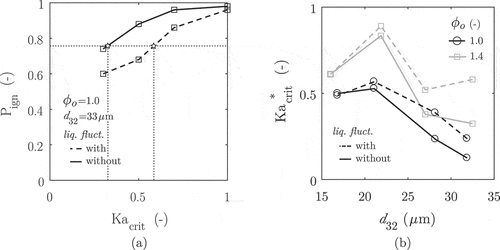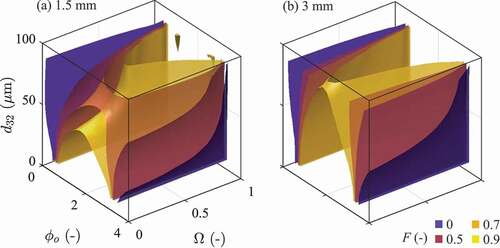Figures & data
Figure 1. The modified Rosin-Rammler (a) accumulated volume and (b) droplet size pdfs in terms of . The sauter mean diameter is shown in (b) for the range of
highlighted in (a).
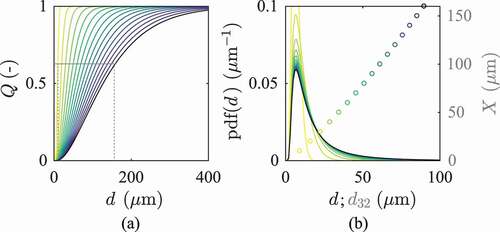
Figure 2. PDFs of the local equivalence ratio relative to the overall equivalence ratio in terms of the droplet distributions ( 20–90 mm) for cell size
of 1.5, 3, and 5 mm –
0.7,
0.
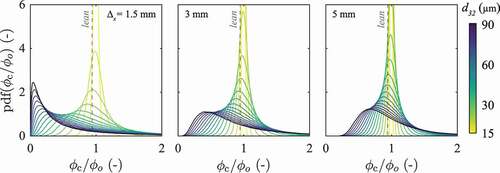
Figure 3. PDFs of the local equivalence ratio relative to the overall equivalence ratio in terms of the overall equivalence ratio (0.4–3) for droplet distributions with
of 15, 30, and 50 μm –
3 mm,
0.
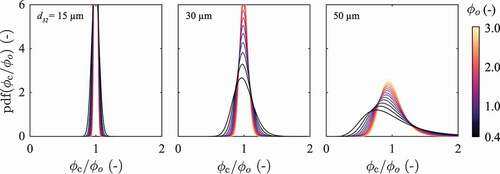
Figure 4. PDFs of the local equivalence ratio relative to the overall equivalence ratio in terms of the prevaporisation degree (0–0.95) for droplet distributions with
of 30, 50, and 90 μm –
0.7,
3 mm.
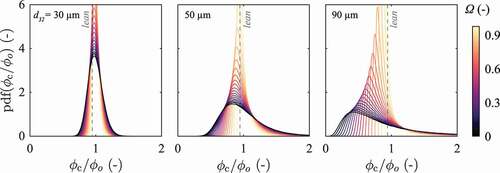
Figure 6. (a) Evolution of the number of burnt cells in the domain for set as 0.1, 0.3, 0.7, and 1. Ignition events are shown in gray and failed events in black. (b) Resulting probability of ignition for the conditions presented in (a) and comparison to experimental measurements – Jet A,
,
,
29 μm (de Oliveira, Sitte, Mastorakos Citation2019).
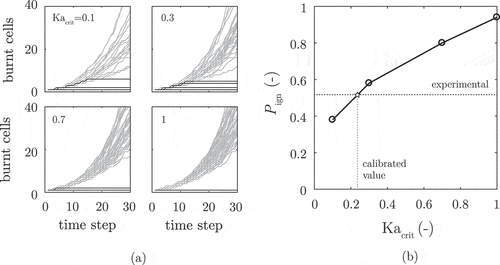
Figure 7. Simultaneous (a) schlieren and (b) OH*-chemiluminescence of the spherically-expanding Jet A flames at 1 ms after the spark. The highest (33 μm) and lowest (16 μm) SMD conditions are shown for and 1.4. Modified from de Oliveira and Mastorakos Citation2019.
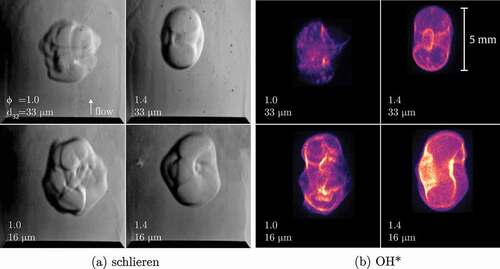
Figure 8. (a) Calibrated critical Karlovitz number for Jet A and (b) comparison of flame speed measurements de Oliveira and Mastorakos (Citation2019) and values obtained with the correlation by Neophytou and Mastorakos (Citation2009).
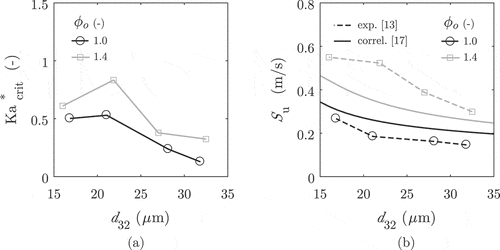
Figure 9. Comparison between simulations with and without liquid fuel fluctuation. (a) An example of the calibration for a single condition (Jet A, = 1.4,
33 μm). (b) The resulting calibration for all conditions.
